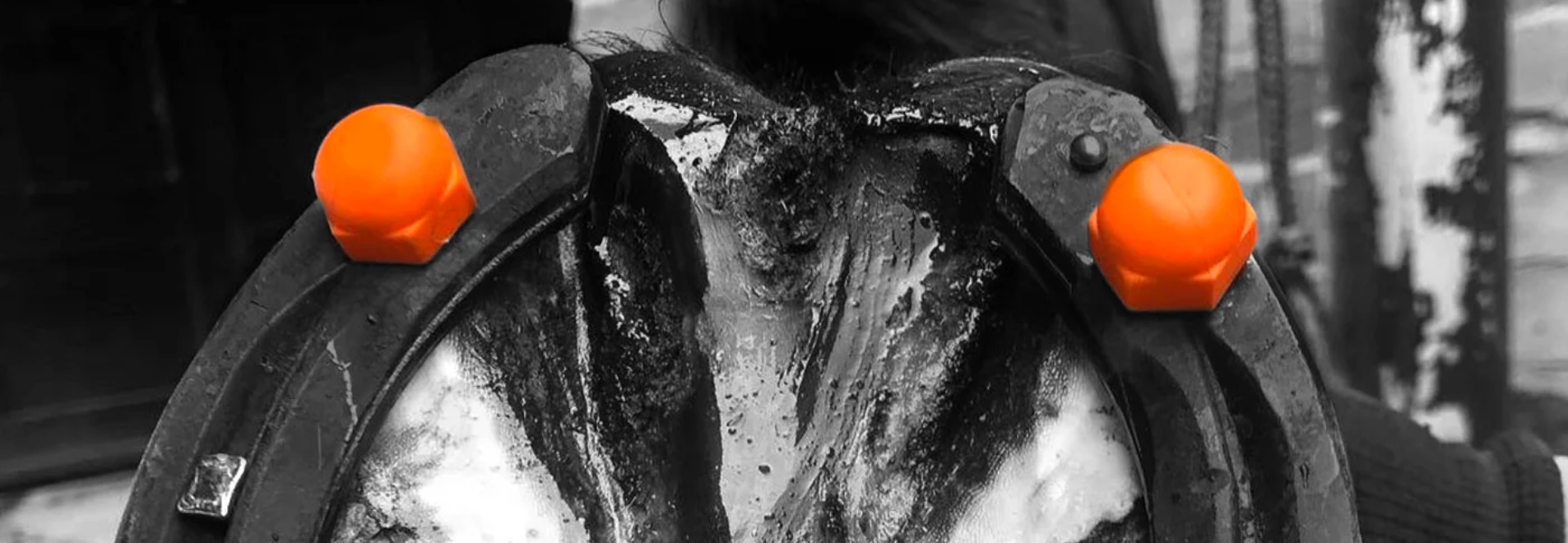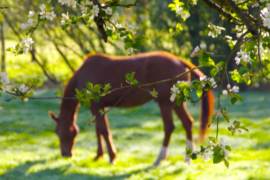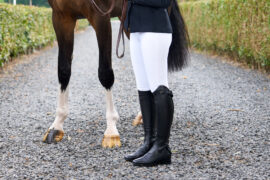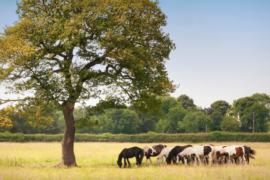As the eventing season kicks off, it’s the perfect time to check your stud kit and get your horse ready for riding across all types of terrain and in all kinds of weather. Whether you’re competing or simply training at home, using horse studs can make a big difference to your horse’s grip and confidence—especially when riding on grass.
While studs are commonly associated with eventing and show jumping, they can be just as useful for riders attending clinics, camps, or hacking on grassy fields. If you’re new to studding, don’t worry—it can seem daunting at first, but with the right guidance, you’ll soon feel comfortable fitting and using them.
In this blog, we’ll walk you through the basics of horse studs, what you need in your stud kit, and some helpful tips to get started. Whether you’re a seasoned rider or just starting out in eventing, this guide will help you feel more prepared—and less nervous—about picking up that spanner!
What You Need in a Horse Stud Kit
To get started with studding, you’ll need a few essential tools. We stock complete stud kits like the Liveryman Stud Kit and Lincoln Stud Kit, which include everything you need to prepare and fit studs safely and efficiently.
The first and most important step is cleaning your stud holes. Use a wire brush and stud tap to make sure the holes are free from dirt and debris—clean stud holes are crucial for secure fitting and avoiding cross-threading.
Once your stud holes are clean, insert cotton wool, rubber stud stoppers, or LeMieux Stud Plugz to keep them protected until you’re ready to fit the studs.
When it’s time to fit the studs, a good-quality spanner is essential for securing them properly. To make the process even easier, consider using a magnetic wristband (like the Stud Stasha) or a magnetic stud bowl —both are great for keeping your studs close at hand and preventing them from getting lost.
Top tip: Always carry a few spare studs with you—it’s surprisingly easy to drop or lose them, especially when you’re in a rush!
Choosing the Right Horse Studs: Size, Type & Placement
Horse studs come in a wide variety of shapes and sizes, and choosing the right ones can feel overwhelming—especially if you’re new to studding. The key is to consider a few important factors: your horse’s size, their experience with studs, the ground conditions, and the correct stud placement.
1. Horse Size & Experience
Start by taking your horse or pony’s size into account. Smaller ponies typically need smaller studs than larger horses. Also consider your horse’s level of experience with studs. Studs can feel very different to the horse when first used, so it’s best to start with smaller studs during training or at home and gradually adjust as your horse becomes more comfortable.
2. Ground Conditions
The footing plays a huge role in choosing the correct stud:
- For firm or hard ground, go for smaller, sharper studs such as small conical, dressage, or sharp-point studs. These are designed to penetrate hard surfaces and give your horse better grip.
- For soft or wet ground, opt for slightly longer and squarer studs like medium conical, polo, or bullet studs. These provide a better grip by giving more surface area and depth in softer footing.
Always match your studs to the ground type to avoid slipping or strain on your horse’s joints.
3. Stud Placement
Stud configuration can vary depending on your horse’s needs and the activity:
- Some riders use one stud per hoof, usually placed on the outside.
- Others use two studs in the hind hooves and one on the outside of each front hoof.
- In some cases, two studs per hoof are used for maximum grip.
If using two studs, the inner stud is typically smaller and more rounded to reduce the risk of injury. To protect your horse’s legs further, we always recommend using supportive leg boots during training or competition.
4. Safer Stud Alternatives
For a gentler option, consider Studfast studs. These unique non-metal studs are rounded and designed to reduce concussion on the legs. They offer a safer alternative to traditional metal studs, especially for younger or sensitive horses.
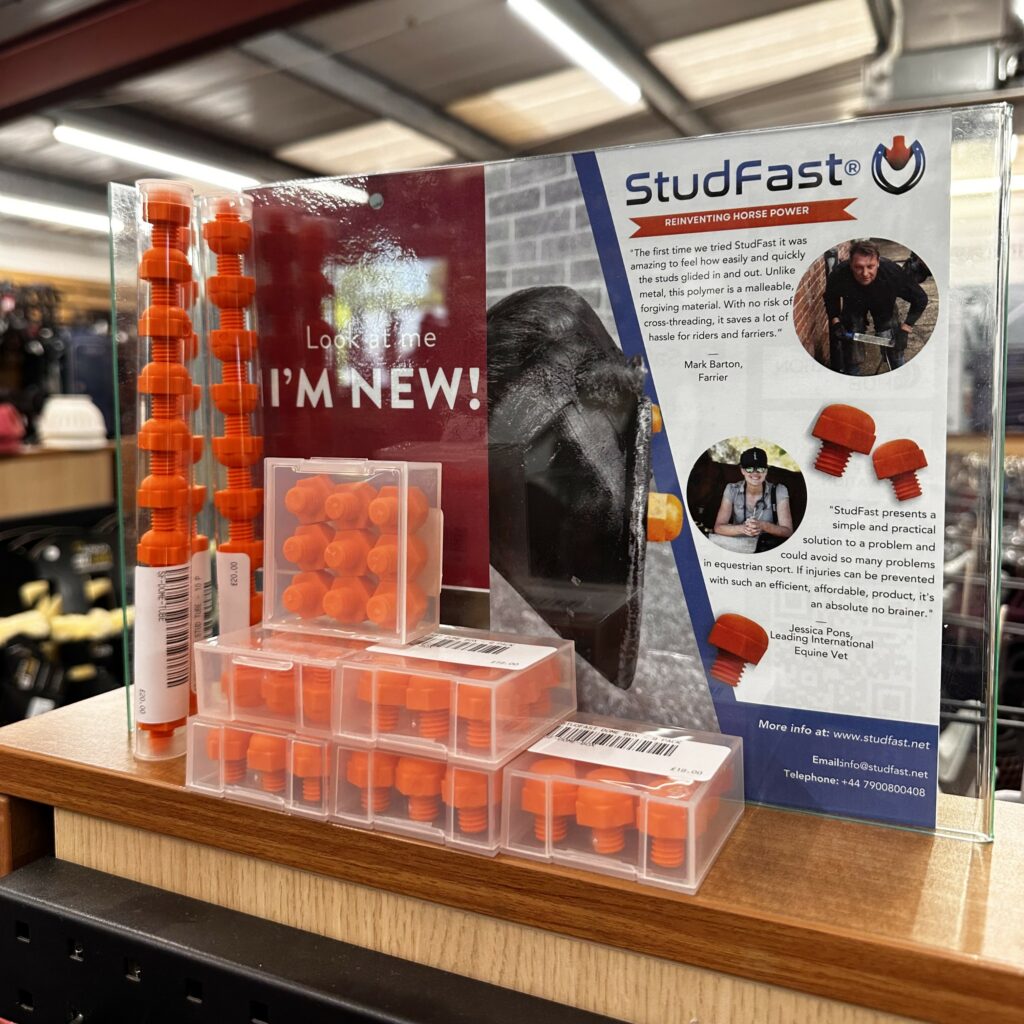
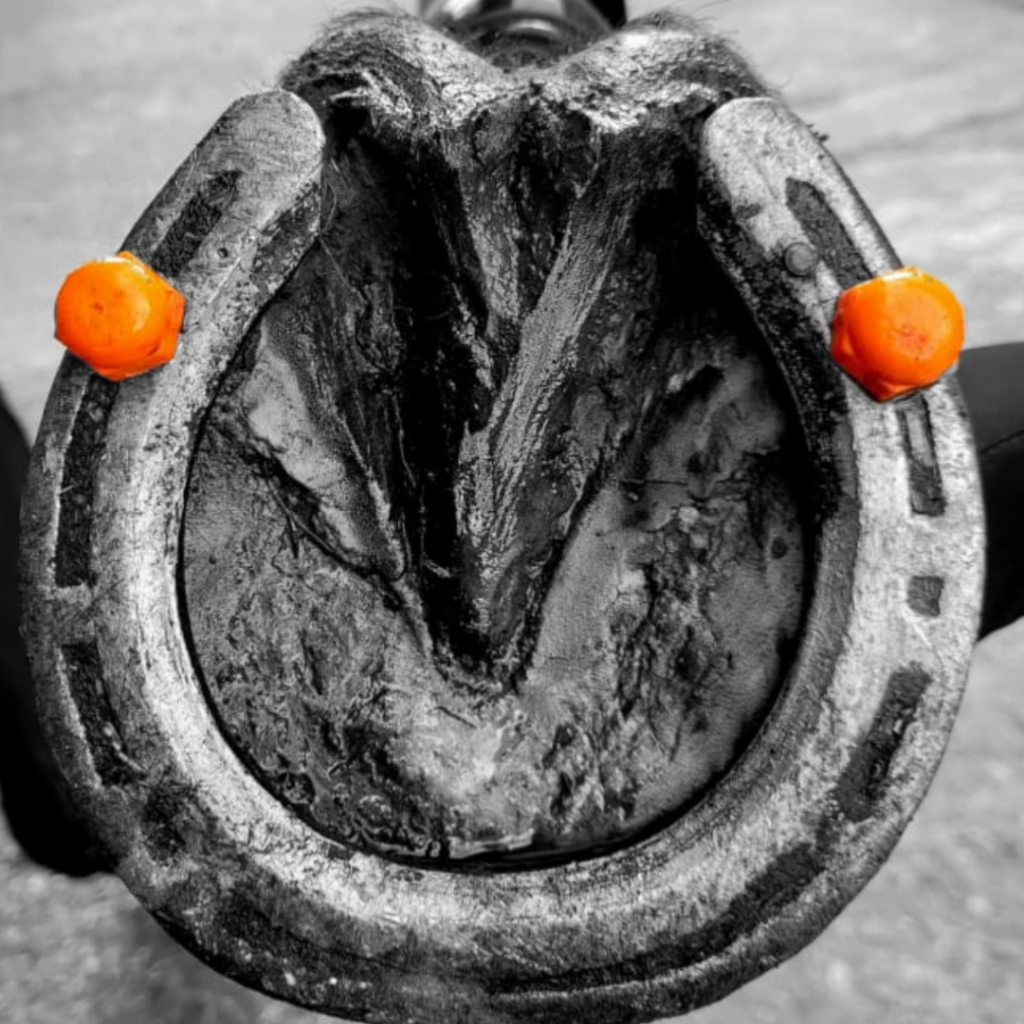
All studs and studding equipment can be found on our website using the following
link:
https://www.randrcountry.com/saddlery-and-tack/saddlery-accessories/studs–accessories

